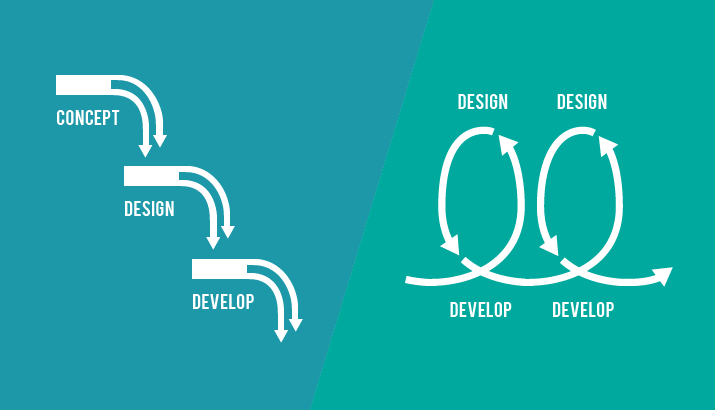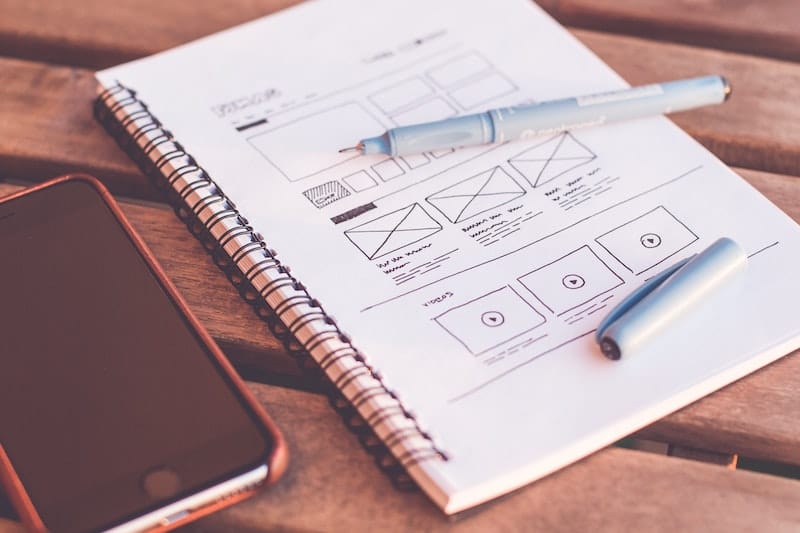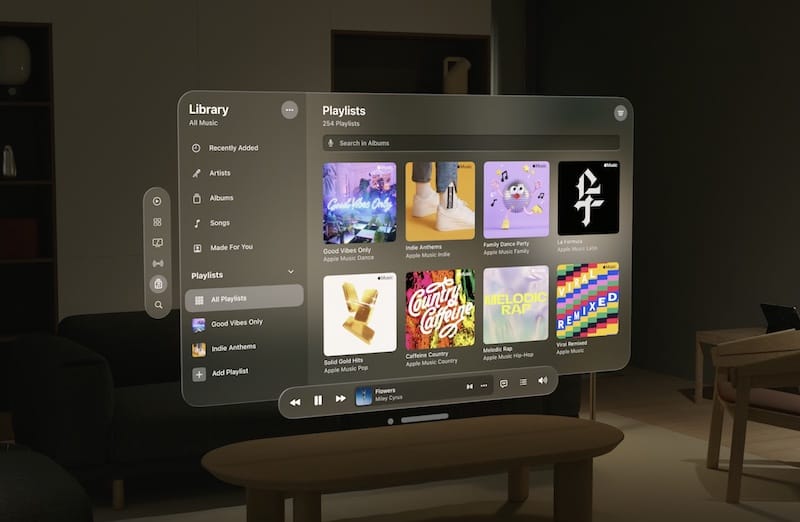In my last article, I was explaining to you some tips to increase e-commerce sales and conversions.
Today, I’ll talk about my experience working as a UX Lead in an agile company.
Just to make sure, I’m not going to talk about using agile during your design process, Google already published an excellent document about that.
In this article, you are going to learn how to provide UX in Agile teams, how to work with Product managers and with outsourced companies.
Table of Contents
Agile Introduction

Let’s make a short introduction to Agile methods.
Since agile has been introduced in the development of applications, both the overall quality and the speed of delivery of the software have improved.
The Agile Manifesto emphasizes people and interactions over processes and tools.
Performances are brilliant working in agile.
If a principal measure of success is the UX quality, then the outcome of the agile development project depends very much on the whole team to merge trained design specialists into the project.
The user experience (UX) of any application is a deciding factor of whether it is successful or not. As such, it is becoming imperative for developers to merge UX processes with agile development teams in order to match user expectations.
In the past was quite different.
Understanding the user’s needs was the responsibility of the product owner, and this leads to the quality of the user experience resting on someone who didn’t necessarily have the skills in UX design.
This was detrimental, especially in big development projects.
Two methods to take into consideration:
- The agile ideal. With this method, the members of the team possess a variety of skills, from programming and quality assurance to architecture, contents, and UX design. In scaled agile development, however, there needs to be some kind of UX design coordination: the UX Lead.
- The center of excellence (CoE) model. Experts in UX design from an external source are appointed as consultants to work on the project. Design agencies, that are not part of the team, may have the option of participating in activities related to design.
Teams that do not possess a lot of expertise would usually need to make use of external consulting resources (outsourcing), while “agile purists” assert that UX design should be assigned to a committed member of the team. A recommendation made by the CoE model is that the UX design consultant not only engages with the team in training but also in a design capacity. With this, it is believed that the solution’s overall UX quality will increase as the team members will be more motivated to actively get involved in UX design as the solution progresses.
These perspectives are also used in enterprise agile, as UX coordination and cooperation among teams are needed to an even greater extent. An approach that has been proven to work with coordination is a UX guild that is made up of developers and UX designers.
Two benefits of the guild are:
- to keep the development of a new product consistent as UX advances and
- to help refactor design for parts that are complete, or for optimization and improvements after the product launch.
UX Lead and Product Owner
It is a good idea to appoint the UX Lead to work together with the product owner.
Why? For two reasons:
- The product owner is a representative of the business, meaning that internal politics is (most likely) more important than the needs of the user. Furthermore, too much strain is put on the product owner as they have to be the customer’s voice, the UX Lead, and the other stakeholder’s representative. In theory, a unified perspective is good, but it doesn’t really work in real life.
- The product owner very possibly does not have sufficient knowledge in UX design.
As we are all aware, a key aspect of the success of UX design is an understanding of the user and their needs. Getting a UX Lead to work with the product owner can make this happen. When a UX specialist works with the product owner, the evolution and importance of user stories in the agile backlog will be affected by the user experience design.
As a result, the UX Lead in this situation has three key duties:
- User stories have to include the principal UX requirements of users: Vital user insights need to be gathered through regular meetings with the UX Lead. These insights must be tested against UX assumptions in the early phase of the project in order to better inform the user story prioritization process.
- A more detailed understanding of UX requirements should be incorporated in fresh and germane: During the meetings with the end-users, there might be instances where new user needs are exposed. When this happens, the UX Lead, together with the product owner, should design or assist with the design of user stories that are new and meet these new needs.
- The quality of UX needs to be a pertinent aspect of user story descriptions: The UX specialist has to control the UX element of every user story because of the gap between what the user has to be able to do and how the user does it has to be linked. To do this efficiently, the UX Lead has to make sure that user experience forms a vital part of the acceptance criteria of every user story.
What skills UX Designers need to have in agile development?

In an agile project, big design upfront (BDFU) skills, which include the creation of pixel-perfect compositions and comprehensive working prototypes, are not so important.
Key skills in an agile project comprise making it possible to transfer information between developers and users. This also involves testing archetypes at the start of a story to ensure the solution is validated with the users’ expectations. Therefore, working software is the only real design deliverable the UX Lead needs to take care of.
The purpose of the design deliverable in an agile project is three-fold:
- It enables the communication of the design.
- It provides the means to test an assumption about user needs.
- It is a way to achieve the needed decisions to advance the project.
There are different ways that the UX expert works together with the team. In some instances, the UX designer does not create the demo of the product. However, in an agile project, the UX designer is very much part of the team and, as such, is as much responsible for the final product as the other team members.
Collaboration is key, and to encourage this, handoffs are discouraged and the working together, side by side, of the designer and the front-end developer is preferred.
Don’t use the BDFU approach
Development teams in big businesses use the BDUF (big design up front) approach when it comes to user experience design, and the same goes for UX consultants and agencies that are outsourced. External UX designer agencies generally suggest a design process that is broken up into various phases and propose handoffs of the deliverables as one phase ends. Agile developers are not fans of this approach and say it is akin to a waterfall (or non-agile) approach.
However, it is known that the advantage of interface design comes from iteration and feedback on a constant basis but is should be done in an agile way.
The persistence of upfront UX design is widespread, even among companies with a lot of experience in agile development. The key distinction is the sprint zero phase, in which implementation is completed with the use of agile development and the user stories requirements are made known in the description phase. Although at times, these phases are undertaken in the business or marketing sectors, and not in the IT department.
When the designers work simultaneously with the agile developers, the development of the project can commence at an earlier stage, thus meaning that there is less work to be done before the implementation phase.
On an agile team, the UX Lead is responsible for two key things:
- to work together with the product owner for the creation of the UX design.
- to collaborate with the developers for the execution of the design vision.
It is a good idea to have more than just one UX resource; however, it is also important to look at the designers-to-developers ratio, because the team needs to be capable of delivering a project and this ratio is also used to measure ambition versus capability.
Regular iteration and frequent feedback from the end-users also benefit UX design. The stakeholders need to be able to see the product, as user experience quality is related to how well the product works if it is usable, and how enjoyable it is. Getting user feedback on a recurrent basis and using it enables the designers to ensure that UX quality will meet customer expectations and increase the customer experience (CX).
A minimal viable product (MVP) should be designed before the commencement of the development phase, and this ensures that an agile design process is followed. Once the MVP is completed, development and design should start simultaneously: The developers implement the viable product and the designers improve and create UX features.
Lastly, to align UX with agile development, epics should be evenly matched to the user experience story. The product owner, with the assistance of the UX Lead, remains in charge of each user story, but the designer team uses the acceptance criteria to enhance every user story.
Conclusions
Not a lot of agile teams make use of UX processes to guide the user experience as development in the project advances, and this can result in substandard UX. And most often, UX design is completed in a “big design up front” approach, and UX design isn’t looked at again for the later releases of an application. As a result, bad UX deteriorates even further with each improvement to the app.
How to improve that?
- assign a UX Lead to assist the UX design process and also (possibly) train other agile team members;
- UX Lead and Product Owner should work side-by-side;
- Continually improve UX, not just for the initial phase, but for every release later on;
- Implement UX design and agile code development simultaneously.
Also, you can check the differences between Agile and Kanban.
Sources: NNG, Gartner, PWC, UX MAG
Free Extra Resources
Join our FB Exclusive Group to get access to extra resources, it’s FREE.



